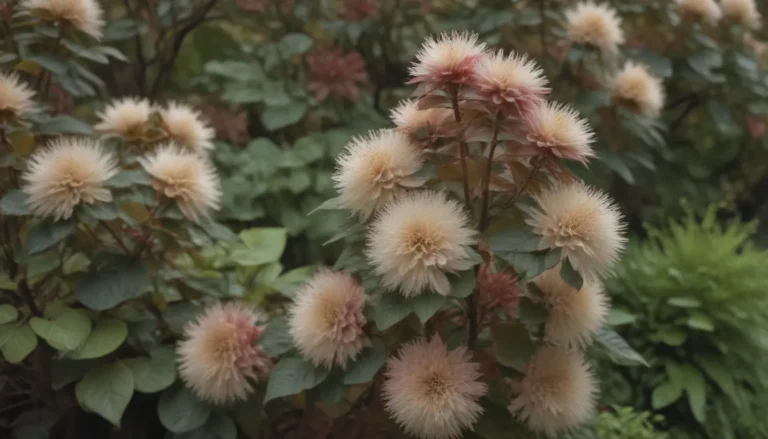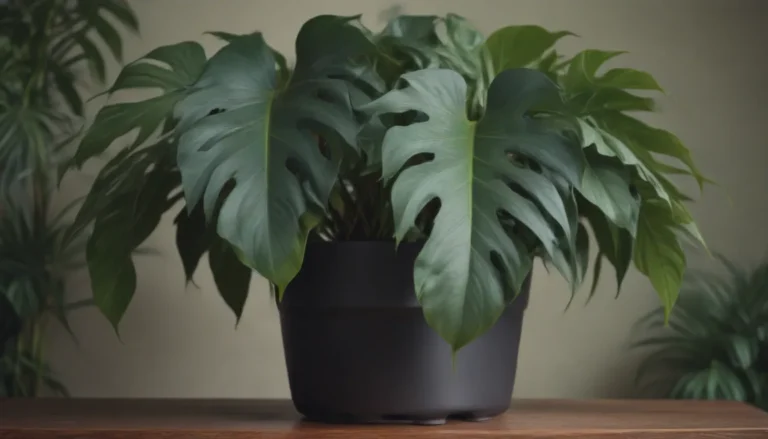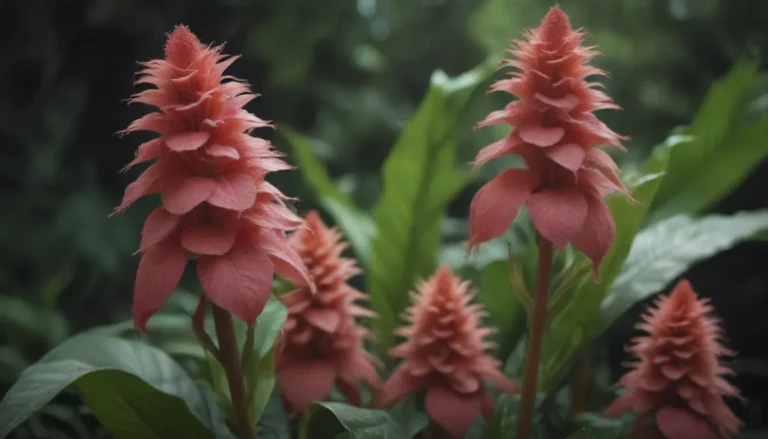A Comprehensive Guide to Growing and Caring for the Pencil Cactus

Are you looking for a low-maintenance yet visually striking plant to add to your indoor collection? Look no further than the pencil cactus (Euphorbia tirucalli). This unique shrub with succulent foliage is native to semi-arid tropical climates and can grow up to 30 feet tall in the wild. However, when grown indoors, it typically stays around 2-6 feet tall and 1-3 feet wide. With its distinctive appearance of thick brown branches topped with smaller green branches, the pencil cactus makes a bold statement in any space.
Getting to Know the Pencil Cactus
- Features:
- Thick brown branches with clusters of smaller green branches
- Cylindrical branches around the thickness of a pencil
- Oval leaves up to an inch long
- Small flowers in late spring and early summer
While commonly referred to as a cactus, the pencil cactus is not part of the cactus family. Despite its exotic appearance, this plant is relatively easy to care for and can thrive with minimal attention.
Pencil Cactus Care 101
The pencil cactus is a resilient plant that can handle neglect and doesn’t typically attract pests or diseases. Here are some essential care tips to keep your pencil cactus healthy and thriving:
Light
- Preference: Full sun (at least six hours of sunlight daily)
- Indoors: Place near a bright window or provide bright, indirect light
- Tolerance: Can handle some shade and protection from harsh afternoon sun
Soil
- Ideal soil: Dry, sandy soil with low nutrient content
- Container: Choose a succulent or cactus potting mix with good drainage
Watering
- Frequency: Every two to three weeks in spring and summer
- Reduce: Monthly watering in fall and winter
- Caution: Allow soil to dry completely between waterings to prevent overwatering and root rot
Temperature and Humidity
- Temperature range: 65 to 75 degrees Fahrenheit
- Minimum temperature: Should not drop below 50 degrees Fahrenheit
- Protection: Shield from cool drafts and air conditioner airflow
- Humidity: Thrives in low humidity but can tolerate higher levels if soil doesn’t retain moisture
Fertilizer
- Feeding: Use a balanced liquid houseplant fertilizer in spring
- Frequency: Annual fertilization is usually sufficient for the pencil cactus
Pruning Your Pencil Cactus
Pruning is essential for maintaining the shape and size of your pencil cactus. However, it’s crucial to handle this process with care due to the plant’s toxic sap. Here’s how to prune your pencil cactus effectively:
- Wear protective clothing and gloves to avoid skin and eye irritation.
- Use sharp pruning shears to remove dead or damaged branches.
- Trim branches to achieve the desired shape and height, cutting down to the base of the branch.
- Avoid excessive pruning of the lower part to prevent the plant from becoming top-heavy.
- Clean pruning shears with rubbing alcohol after use due to the sticky sap residue.
Propagating Your Pencil Cactus
If you want to expand your pencil cactus collection or share it with friends, propagation from cuttings is a simple and rewarding process. Follow these steps to propagate your pencil cactus successfully:
- Select healthy pencil cactus cuttings during the active growth period (late spring or early summer).
- Prepare the cuttings and plant them in well-draining soil.
- Provide adequate sunlight and water to support the growth of new plants.
Potting and Repotting Tips
When growing your pencil cactus in a container, choosing the right pot and maintaining proper drainage are crucial for its health. Here’s how to pot and repot your pencil cactus effectively:
- Pot choice: Opt for an unglazed clay pot with ample drainage holes.
- Repotting: Move to a larger pot when roots outgrow the current container.
- Soil: Ensure the soil is dry before repotting to prevent root damage.
Handling Pests and Diseases
While the pencil cactus is generally resistant to pests and diseases, it can still face issues like spider mites, aphids, and root rot. Keep an eye out for these common problems and address them promptly:
- Pests: Treat spider mites and aphids with neem oil.
- Diseases: Avoid overwatering to prevent root rot.
- Color Change: Enjoy the stunning orange and red hues during colder months, earning the plant its nickname “fire sticks.”
With proper care and maintenance, your pencil cactus can grow up to 20 inches in a year and bloom with yellow flowers in the spring and summer. Embrace the unique qualities of this plant and create an eye-catching display in your home or office.
By following these care tips and guidelines, you can enjoy the beauty and resilience of the pencil cactus while adding a touch of nature to your indoor space. Whether you’re a seasoned plant enthusiast or a beginner looking to grow your green thumb, the pencil cactus is a fantastic choice for any plant lover.





